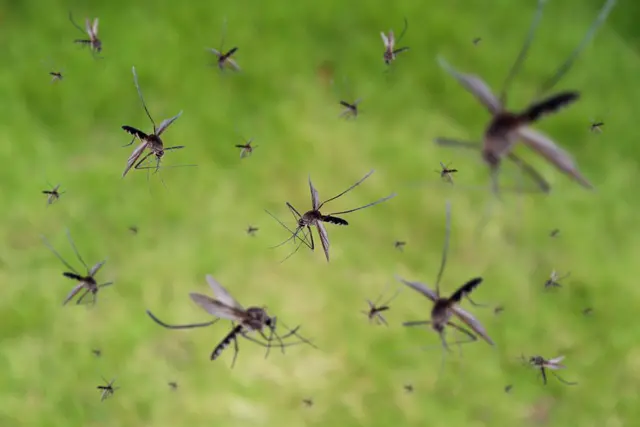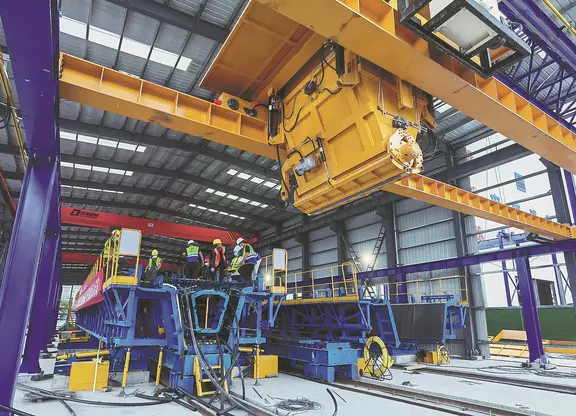By APD writer Rishika Chauhan
According to recent reports, The National Aeronautics and Space Administration
(NASA) is developing new technology to predict malaria outbreaks in Myanmar from space.
It is a part of the initiative to eradicate malaria around the world by 2050.
There has been a notable reduction in malaria related deaths between 2010 and 2017, according to World Health Organisation (WHO) reports, however the disease has not been rooted out from Myanmar so far.
Considering Myanmar’s location in the Mekong basin, the propensity of malaria is still high.
Scientist Tatiana Loboda was quoted in AFP explaining about such technology. She said that the spatial technology used to forecast malaria outbreaks would be "cutting edge" enabling to make the predictions way before they happen.
She further informed that in the field she was using her expertise in geo-spatial and risk modelling as well.
Loboda, said, "A lot of people use a little spatial modelling... but not to the same depth and capabilities as we're doing here."
(ASIA PACIFIC DAILY)
 简体中文
简体中文







